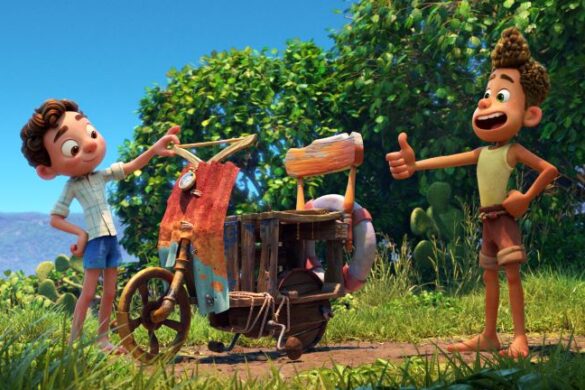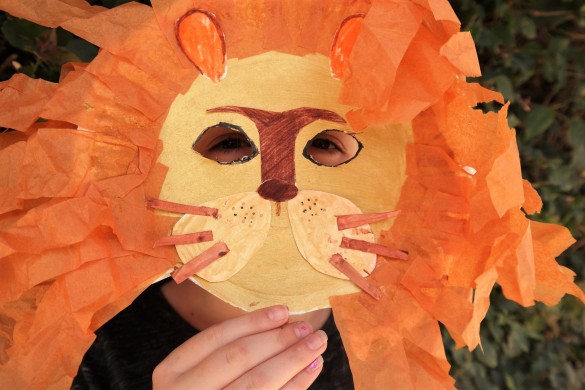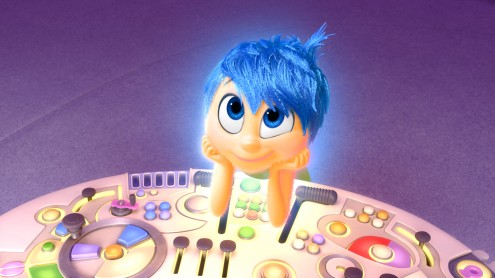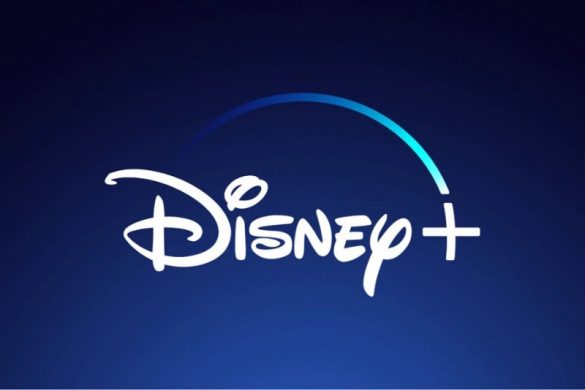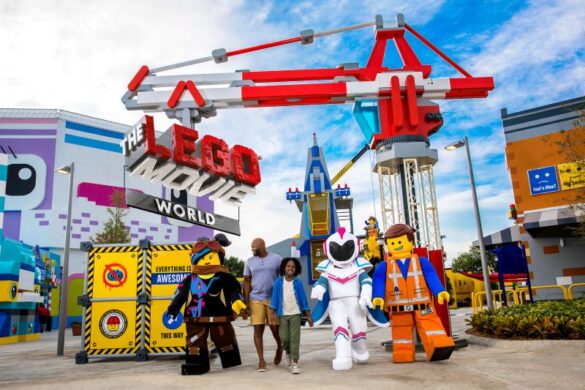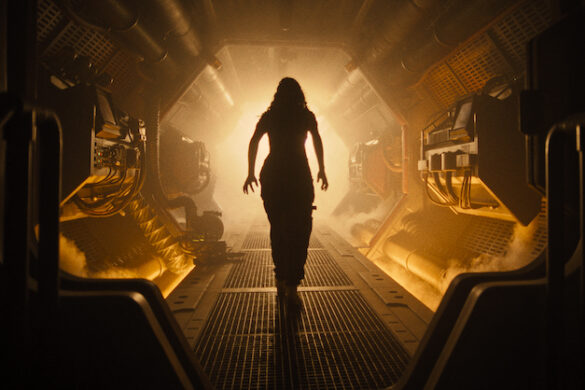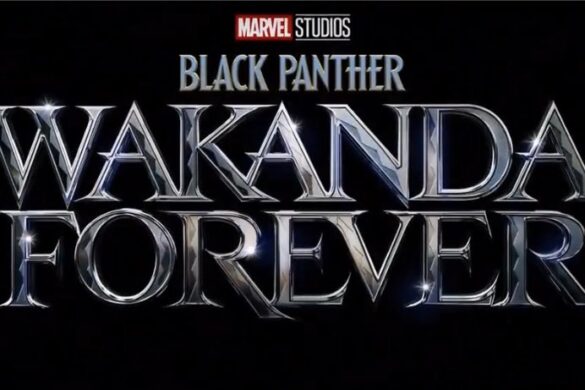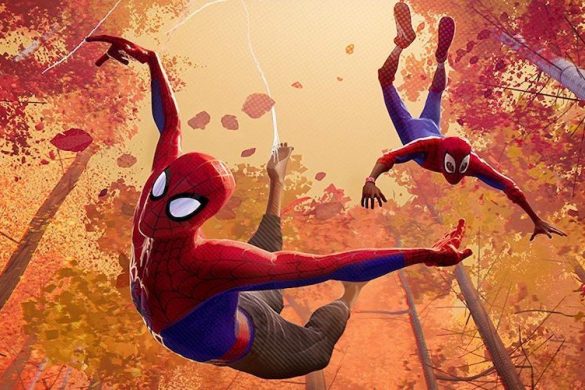The Pencils Vs Pixels documentary directed by Bay Dariz and Phil Earnest, documents the history of the animation industry. From its inception and early purposes to Walt Disney and the Nine Old Men revolutionizing the medium and how some Disney defectors left to become competitors to push its boundaries. The documentary even covers how CG changed the way we see animation as we know it. Narrated by Ming-Na Wen, and featuring interviews with Pete Docter (“Monsters, Inc”), John Musker (“The Little Mermaid”), Tony Bancroft (“Mulan”), Jorge R. Gutiérrez (“The Book of Life”), Seth MacFarlane (“Family Guy”), Glen Keane (“Beauty and the Beast”), Tina Price (“Hercules”), Lorna Cook (“Spirit: Stallion of the Cimarron”) and Kevin Smith (“Clerks: The Animated Series”).
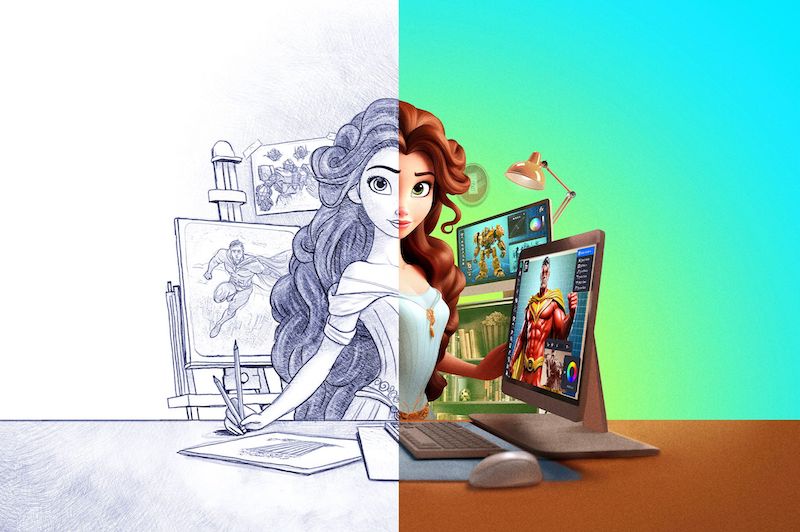
Recently ThatsItLA had the chance to talk to Dariz and Earnest about the upcoming documentary, what inspired them to tell this story, and what animated films they would recommend to those who don’t believe animation is film.
ThatsItLA: So there’s this common misconception that animation is not film. We’ve heard it all. And we’ve heard directors and storytellers come out and say: that’s not right and that it is film. So, I wanted to hear from you guys, the directors of “Pencils versus Pixels,” What makes animation film and not a genre?
Bay Dariz: Leonard Maltin says that animation is a medium and not a genre. He makes a point that you can tell any kind of story, and I agree with him – any kind of story in animation. We’ve even seen a resurgence of documentaries being told in an animated form, and it’s just a new way to tell any story with animation. It’s not you just because the most popular versions of it have been a lot of singing animals over the years. You can literally tell anything, and it’s just an additional way of artistic expression made by humans.
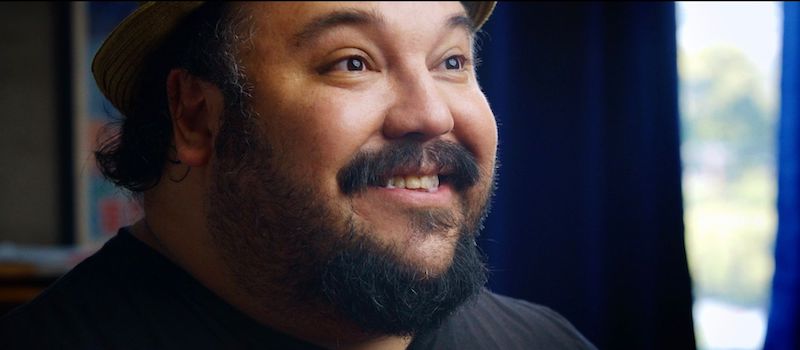
ThatisItLA: What exactly inspired you to take this deep dive into documenting the history of the animation industry?
Phil Earnest: Just having a front seat to these stories, I am friends with John Pomroy. And just working with him through time and hearing his stories. It was just inspiring me so much. He went through what everybody went through. What pushed him to be an animator? What made him just dive all in. And he basically was what sparked the idea. It’s just like, ‘Oh, his amazing experience.’ And so that got in my heart, and I called Tom, and I pitched him the idea for a movie. And we just get this thing rolling.
I couldn’t sleep. It was just like, ‘This is this has to happen, because I’ve seen all the all the animation documentaries, but I haven’t seen these types of stories yet. I haven’t seen the hardship, the depth, the passion, all that stuff.’ So that’s super important because that’s what gets people involved in something. And what makes them want to be something is when they see somebody and how they became that. So if we’re gonna inspire people to be 2D animators, there’s no better way than to have the 2D animators inspire them themselves.
Dariz: When I came on board, they had already been working on this for a little while, and I got to see some of the footage and some of the people they were already talking to. As someone who grew up wanting to be an animator and loving this world so much, it was just easy, yes.
I threw myself into it. I think even inspiring people who want to be animators but also just inspiring people who want to do anything creative, just to see how these very most creative people in the entire world, hearing from themselves how they made these classic films.
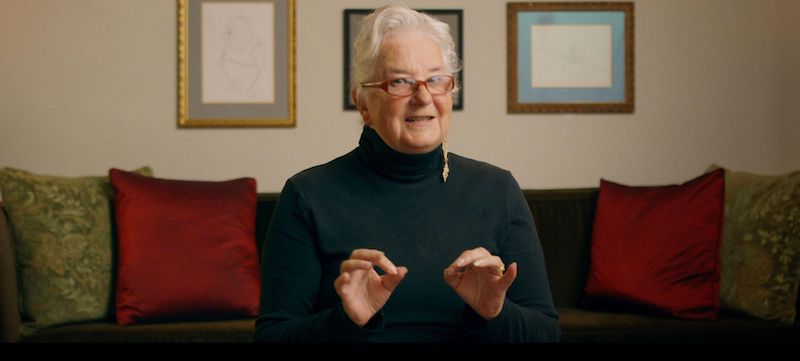
Tina Price (“Hercules”)
ThatsItLA: I have lived through the Disney Renaissance, the emergence of CG, and the blending of the two. So, while the styles have changed throughout the years, the one thing that has stayed the same is the creativity and artistry in taking inanimate objects and making them come alive. So, what was it like for either of you to capture those experiences from those artists and actors like Ming-Na When who have lived through those generations?
Dariz: Well, it’s kind of interesting because Phil and I worked with Ming-Na in two very different capacities. Phil, where he worked with her on the little animated her at the end of the film. I worked with her on the narration and the voiceover throughout the film. So my experience with me now was she was just the most tremendously talented and warm and collaborative and wonderful human. And I doubt that Phil had a different experience than that.
Earnest: Yeah, I agree. She was she was unbelievably nice. And it was weird because they give you the push button to chime in in the studio. And there were times where like, ‘I’d hear her say her line,’ and I was just like, ‘That was perfect.’ And I just be sitting there, and then she’d be waiting. She was like, ‘Am I done, Phil?’ I am like, ‘Oh, my gosh, I’m so sorry.’ I chime in and be like, ‘I’m so sorry. Like, I’m just not used to like working with you.’
When I hear it, I feel like I hear her in the Disney films I’ve heard all over. She’s just so sweet. She was so kind to me, knowing that directing someone who’s worked the caliber that she has on stuff. That was kind of overwhelming for me because this is the first time I’ve done any type of narration with someone who’s done Disney animation. Disney narration, just listening to it, you get trapped in it, you know, you’re like, ‘Wow, she’s so good. She nailed that’ She just treated me so sweetly and kind. She just treated everybody like we were all on the same level. She was just so kind to everybody there and just made us feel like we were all friends, you know. And so working with her was amazing. She’s so incredible.
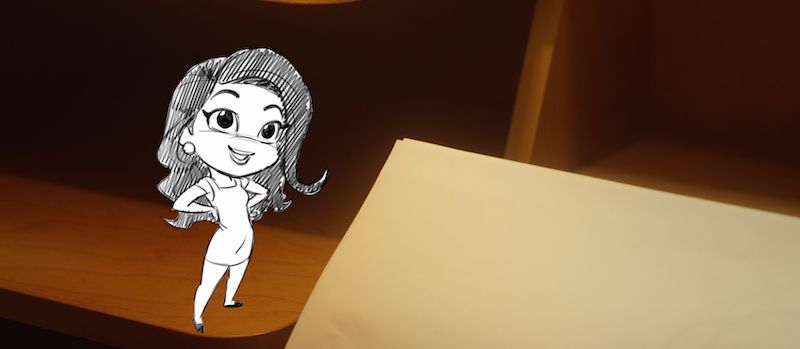
ThatsItLA: So, what are some of your favorite animated films?
Dertiz: I think all of us grew up in that Disney Renaissance era. And so it’s hard to overstate how important these films were to us growing up. “Beauty and the Beast,” “Aladdin,” and “The Lion King.” And then “Toy Story” and going on from there. And so those are just incredibly important films for us. And also like “The Simpsons,” we talked about in the film, but “The Simpsons” – when I was a kid, I had a Bart Simpson T-shirt for every day of the week. I’ve bought these bootleg Bart Simpson T-shirts. And it was just it was everything. It was just such a powerful spell that was cast over all of us that, to this day, if I see any of that stuff, it just brings me back.
Earnest: I’m trying to think through my thoughts. So when I grew up, I loved “Aladdin.” “Aladdin” was huge. And I bought everything like the Tiger Electronic video game “Aladdin.” The Sega Genesis, “Aladdin,” I had that. I even bought the “Aladdin” doll. And I was like, ‘Why am I buying a doll?’ But he’s cool, you know?
So, growing up, all the animation stuff was always a part of my life. It was really cool when we were filming this because I got to talk more in-depth about Tom’s experience in animation. And I was telling him about the animation, or the video game I used to play on Sega. And he was like, ‘Oh, I animated that.’ I envied the action sequences of “Aladdin” stuff. And I was like, ‘That is so cool, and it’s amazing.’ How many things from the animation that I have incorporated into my life. Like in “The Land Before Time” when Spike is eating grass. The sound effects and everything are just so satisfying. When I was a kid and ate salads, I would imagine that I was like Spike eating. And you don’t realize how much of them gets meshed into your life. The things that you saw, you know, like in movies and stuff, you know, in cartoons, like how it is a part of your daily life. Certain things that I do are still inspired by animation.
ThatsItLA: One of the things that I appreciated about the documentary was that neither of you was afraid to show how Disney’s renaissance would only have happened with certain parties leaving to do their own thing. As such, they learned to be better animators and storytellers because of their competitors. So why was it essential for you to make sure the documentary had that detail?
Dertiz: If you really want to tell the true story, the Disney Renaissance would not have happened if it weren’t for the competition, pushing them to get better. And, if it weren’t for technology coming in to save money, it wouldn’t have been the CG being introduced and taking over. So it’s an interesting series of events that happened that I think we all kind of knew about these things. But when you put it all out in a story like this, you understand the cause and effect, and it was all necessary to tell the full story.
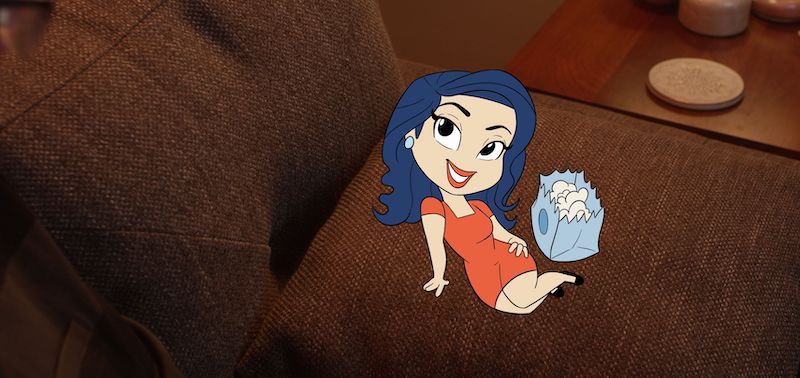
ThatsItLA: So this will have to be my last question of the interview. What animated feature film or TV series would you recommend to a skeptic who doesn’t believe that animation is a medium?
Earnest: Klaus is an amazing animation feature film. Sergio Pablos, when he brought up the idea for Klaus, he didn’t even tell them it was 2d. He just pitched the idea of a story. And so he didn’t want the conversation of whether or not they wanted to find it or do it because it was hand drawn. He didn’t want that to be involved. He just wanted them to focus on the fact that it was a really good story. So they were able to create a style that gave almost a CG look, but it was completely hand drawn. That sold the idea. And I think that’s super important, too. I think that’s such a great example of showing how to tell a story through 2D animation. That’s basically what Klaus did. They weren’t pitching the idea of a 2D film; they were pitching the story that was important. The story is what one the belief behind it, you know, the backing.
ThatsItLA: So this will have to be my last question of the interview. What animated feature film or TV series would you recommend to a skeptic who doesn’t believe that animation is a medium?
Earnest: Klaus is an amazing animation feature film. Sergio Pablos, when he brought up the idea for Klaus, he didn’t even tell them it was 2d. He just pitched the idea of a story. And so he didn’t want the conversation of whether or not they wanted to find it or do it because it was hand drawn. He didn’t want that to be involved. He just wanted them to focus on the fact that it was a really good story. So they were able to create a style that gave almost a CG look, but it was completely hand drawn. That sold the idea. And I think that’s super important, too. I think that’s such a great example of showing how to tell a story through 2D animation. That’s basically what Klaus did. They weren’t pitching the idea of a 2D film; they were pitching the story that was important. The story is what one the belief behind it, you know, the backing.
Dertiz: I would also add the film “Flee.” That came out two years ago. It was a documentary that was told in an animated form. It was nominated for Best International Film, Best Documentary, and Best Animated Film in the same year for the Academy Awards. And it’s a way of telling the story that they weren’t there filming these events as they happened but recreating them in animated form and giving them the emotional weight that the story deserves. That’s a really great example of it.
Pencils vs Pixels is available to purchase on major digital platforms November 7th.”

